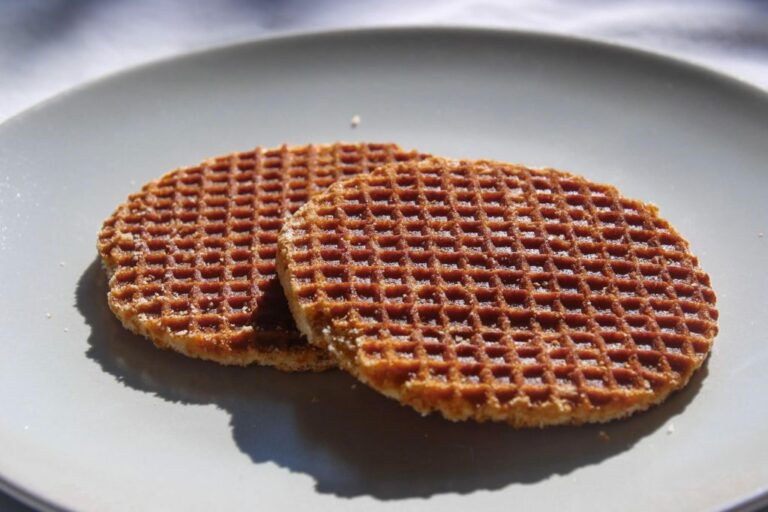Introduction: Dutch Cuisine and Dietary Restrictions
Dutch cuisine is characterized by hearty, comforting dishes that are often based on meat, potatoes, and dairy products. However, for those with dietary restrictions, such as gluten intolerance or lactose intolerance, navigating Dutch cuisine can be challenging. Fortunately, there are many Dutch dishes that can be adapted or prepared in a way that accommodates these dietary needs.
Whether you are a local or a traveler, it’s important to know your options for dining out or cooking at home. In this article, we will explore some of the best Dutch dishes that are suitable for those with dietary restrictions, including gluten-free, lactose-free, vegetarian, vegan, and low-FODMAP options.
Gluten-Free Dutch Dishes: From Bitterballen to Stamppot
Gluten-free diets have become increasingly popular in recent years, and the good news is that many Dutch dishes can be made without gluten-containing ingredients. Bitterballen, a popular Dutch snack made of deep-fried meat ragout, can be made with gluten-free flour. Stamppot, a beloved Dutch comfort food made with mashed potatoes and vegetables, can also be gluten-free if made with alternative flours such as rice or corn flour.
Other gluten-free Dutch dishes include poffertjes (small, fluffy pancakes), hachee (beef stew), and erwtensoep (pea soup). It’s always a good idea to ask the server or chef about gluten-free options when dining out, as certain ingredients or preparation methods may be used that are not immediately apparent.
Lactose-Free Options: Dutch Cheese Alternatives and More
Dutch cuisine is known for its rich and flavorful cheeses, but for those with lactose intolerance, these can be off-limits. However, there are many lactose-free cheese alternatives that can be used in Dutch dishes, such as soy cheese, almond cheese, or lactose-free cheese.
One classic Dutch dish that can easily be made lactose-free is hutspot, a stew of mashed potatoes, carrots, and onions. Simply substitute lactose-free milk and butter for the dairy ingredients. Another option is to try out Dutch-style pancakes, which can be made with lactose-free milk and topped with fruit or syrup.
Vegetarian and Vegan Dutch Dishes: Beyond Gouda and Haring
Dutch cuisine may seem meat-heavy, but there are many vegetarian and vegan options available. One popular dish is kaasstengels, or cheese sticks, which can be made vegan with soy cheese. Another option is to try out Dutch pea soup, which can be made vegetarian by omitting the meat and using vegetable broth instead.
For vegan options, one dish to try is appelmoes, a sweet and tangy applesauce that can be served as a side dish or snack. Another vegan-friendly Dutch dish is stamppot, which can be made with plant-based milk and butter substitutes.
Low-FODMAP Dutch Recipes: Delightful and Digestible
For those with irritable bowel syndrome (IBS) or other digestive issues, following a low-FODMAP diet can help alleviate symptoms. The good news is that many Dutch dishes can be adapted to be low-FODMAP. For example, hachee can be made with a low-FODMAP broth and served with rice instead of potatoes.
Other low-FODMAP Dutch dishes include kroketten (croquettes), which can be made with gluten-free breadcrumbs and a low-FODMAP filling, and oliebollen (doughnuts), which can be made with gluten-free flour and low-FODMAP ingredients.
Conclusion: Discovering Dutch Cuisine Despite Dietary Constraints
Exploring Dutch cuisine can be a delight, even if you have dietary restrictions. By seeking out gluten-free, lactose-free, vegetarian, vegan, and low-FODMAP options, you can still enjoy traditional Dutch dishes while keeping your health needs in mind. Whether dining out or cooking at home, don’t be afraid to ask for accommodations or substitutions. With a little creativity and flexibility, you can discover the full range of Dutch cuisine and savor its unique flavors and textures.

